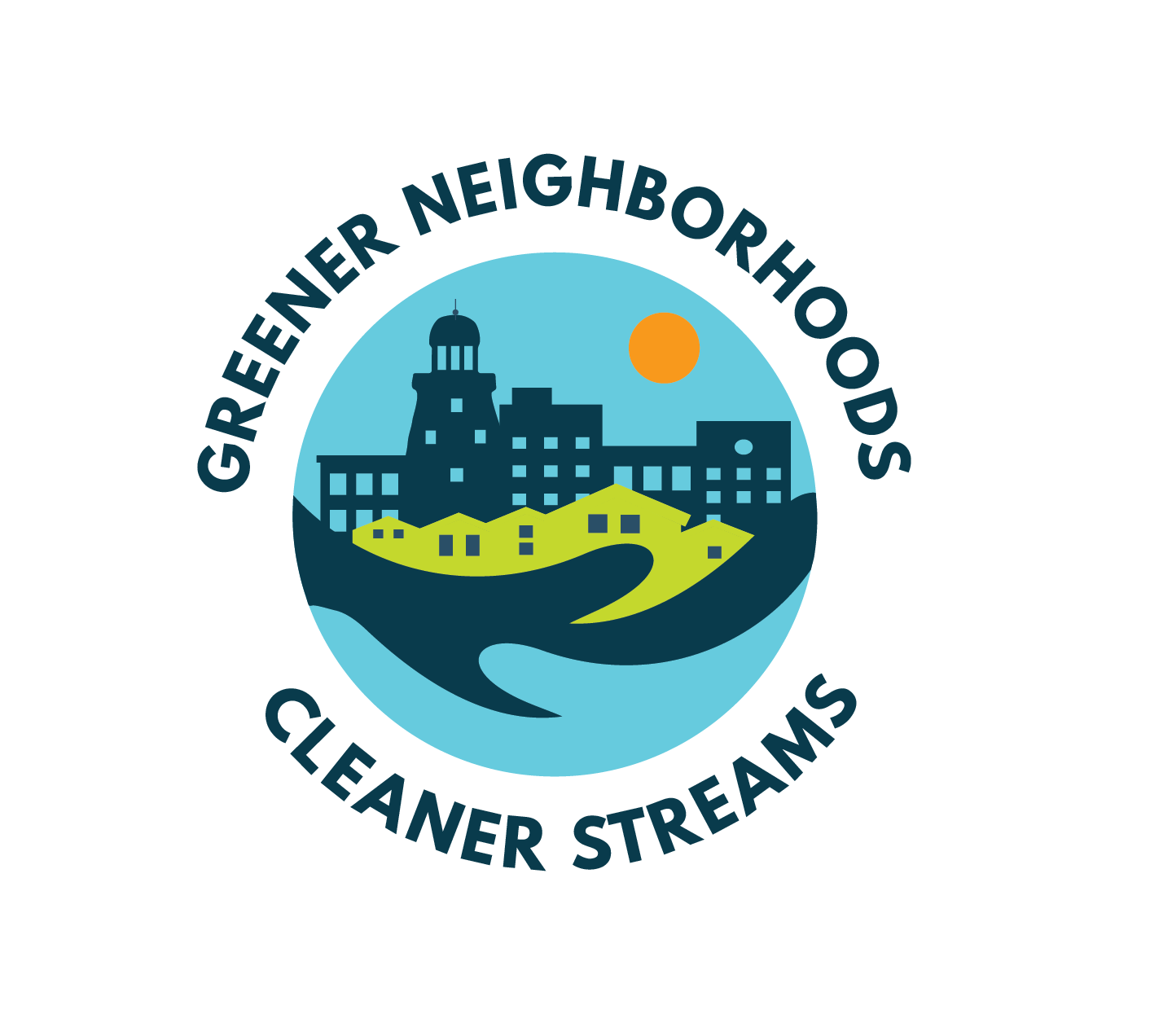Plants Over Pesticides!
One teaspoon of healthy, happy, living soil can be the home for up to 4 billion microorganisms. When chemical pesticides are applied to a garden to target one problem pest, many of these microorganisms are killed. The dying soil becomes a poisonous trap. Worms and friendly critters must find a home elsewhere. Birds no longer stop by to catch their morning worm. Bees that stop to pollinate a garden flower die. The problem pest will be gone but the life of the garden slowly disappears.
During the next big rainstorm, water will wash across garden and pick up the remaining chemical pesticide. Without a host of life, the soil won’t be able to retain and filter the poison-ridden water. The water will flow into a small brook, killing all swaths of critters and microorganisms. Without bugs to feed on, the fish will die and the birds will fly away. The life of the stream slowly disappears.
It is well understood that chemical pesticides destroy the delicate balance of life across many ecosystems. In response, the City of Portland instated the Pesticide Use Ordinance to limit the destruction done to Portland's natural environment. Organic pesticides are the recommended alternative to be used to treat garden pests and are an affective way to control a pest issue. But what if you could prevent pest issues before you treatment is needed?

Insects respond to chemical signals released by plants known as hormones. Some hormones attract insects, while other signal for insects to "STAY AWAY!" Plants that release strong hormonal signals are called aromatic plants. By adding aromatic plants to your garden, you can help prevent major pest issues and limit the need for organic pesticides all together!
Here are our top five aromatic plants:
- Bee Balm
- Mint
- Lavender
- Calendula
- Catnip
Find a more natural plant pest mitigators with this article! Learn more about healthy lawn care techniques that are good for your lawn and the environment with YardScaping. Check out the grub & mosquito YardScaping handouts for additional specific pest mitigation and treatment techniques.


